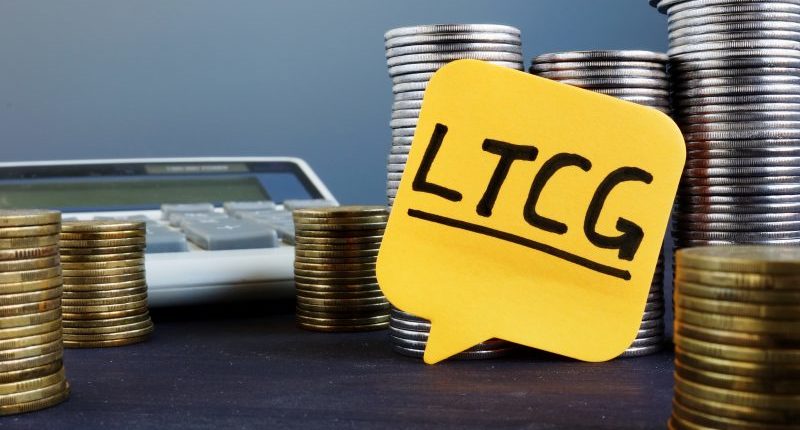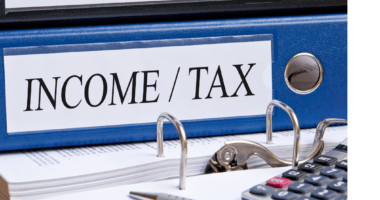The Central Board of Direct Taxes (CBDT) has notified the cost inflation index (CII) for the financial year 2019-20 as 289. The CII helps a taxpayer adjust the cost of acquisition for inflation at the time of selling of a long-term capital asset. The resulting cost is called the indexed cost of acquisition.
The current base year for CII is 2001 with a base CII of 100. The income tax law requires the calculation of long-term capital gains (LTCG) after reducing indexed cost from the sale consideration.
Assets such as equity shares and equity-oriented mutual funds are considered long term when held for more than one year. Assets such as land and building, unlisted equity shares held for more than two years are long-term capital assets. In the case of debt mutual funds and other assets, the long-term period is above three years.
Also Read: CBDT Sets up a 5-Member ‘Startup Cell’ to Resolve IT Issues
Taxpayers can reduce their taxable LTCG using the benefit of indexation. The indexed cost is the cost of the asset adjusted using the CII of the year of sale and purchase as mentioned in the example below:
Example: Anu purchased a house in July 2014 for Rs 60 lakh. Anu sold the house in April 2019 for Rs 80 lakh. Anu owned the house (asset) for more than two years. Hence, the capital gains are taxable as LTCG. The CII for the year of sale is 289. The CII for the year of purchase is 240. The indexed cost of the house is as below:
Indexed cost of acquisition: Rs 60,00,000*289/240 = 72,25,000. The long-term capital gains is Rs 80,00,000 – Rs 72,25,000 = Rs 7,75,000. The enhanced cost as per the CII reduces the taxable capital gains. The indexed long-term capital gains are taxable at 20%.
I am a Chartered Accountant by profession. I specialise in personal taxes and corporate income tax matters. I am an avid reader and track developments in financial markets, economy and other market developments.





